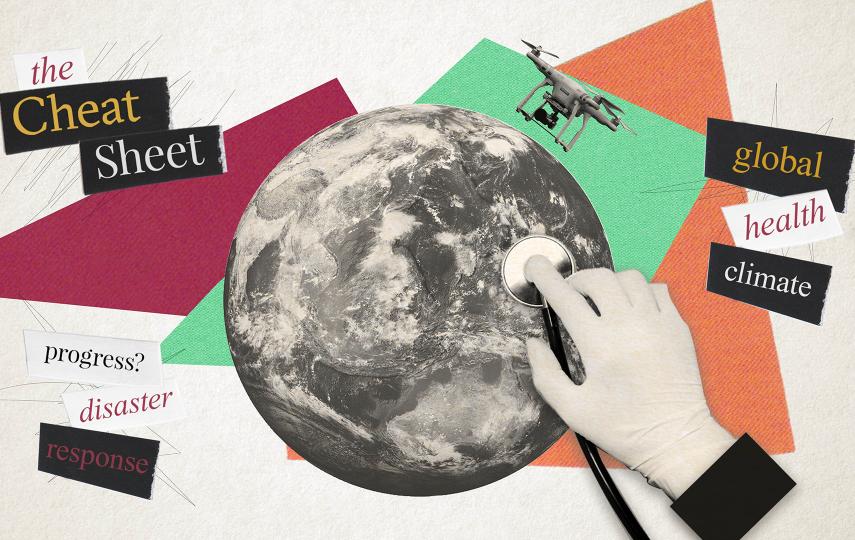“Shipping in enough family tents for all the people in need would take months – too late to beat the rainy season [due to start late March],” international NGO CARE warned in a statement on 11 February.
“By contrast, shipments of sturdy, reusable 6m-by-4m tarps (plastic sheeting) can arrive in Haiti in days or weeks. This will keep people dry while aid agencies start implementing a longer-term solution to the shelter crisis,” the statement added.
“Most people crammed into overcrowded camps are huddled under bed sheets strung between poles or sticks – hardly enough to block out the sun, but useless against the torrential downpours of Haiti’s rainy season,” CARE said.
The US Agency for International Development's Office of Foreign Disaster Assistance estimates that between 1.1 million and 1.5 million people in Haiti need help with shelter in the wake of January’s earthquake.
The USAID/OFDA strategy is also “plastic sheeting over tents, to permit flexible application of materials, enhanced protection from inclement weather, and adherence to minimally adequate humanitarian community guidelines".
“Plastic sheeting is preferred over tents and pre-fabricated structures because of its flexibility, relatively low cost, familiarity among the affected population, and potential to create minimally adequate covered living space,” according to the strategy for addressing shelter needs in Haiti.
As of 8 February “approximately 272,000 people have been reached with emergency shelter support out of an estimated 1.2 million people displaced,” the UN Office for the Coordination of Humanitarian Affairs (OCHA) reported.
|
Photo: Phuong Tran/IRIN  |
| A homeless family rolls up a carpet they have been sleeping on in the Martissant area of Port-au-Prince |
As the rains loom, aid groups are increasingly concerned about sanitation.
Some 18,000 latrines for 900,000 people in the capital Port-au-Prince are needed, according to the water and sanitation sector of the humanitarian response.
“This would require 18,000 m2 of space for latrines but the physical space is not available due to congestion. It is estimated that less than 5 percent of the needs for latrines has been met based on one latrine per 50 people,” OCHA reported.
Jerôme Savot, the delegation head of Aides Actions Internationales, which groups firefighters, rescue specialists and medics, explained how the imminent rains increased the risk to health.
“Waterborne diseases are not appearing en masse yet, but that does not mean they are not present,” he told IRIN.
“It can take time to appear. If conditions do not improve here [a site in Jacmel where 5,000 people are camped] we have on our hands a diarrhoea epidemic. People are bathing outdoors, defecating next to where they eat and sleep.”
am/pt/np
This article was produced by IRIN News while it was part of the United Nations Office for the Coordination of Humanitarian Affairs. Please send queries on copyright or liability to the UN. For more information: https://shop.un.org/rights-permissions





